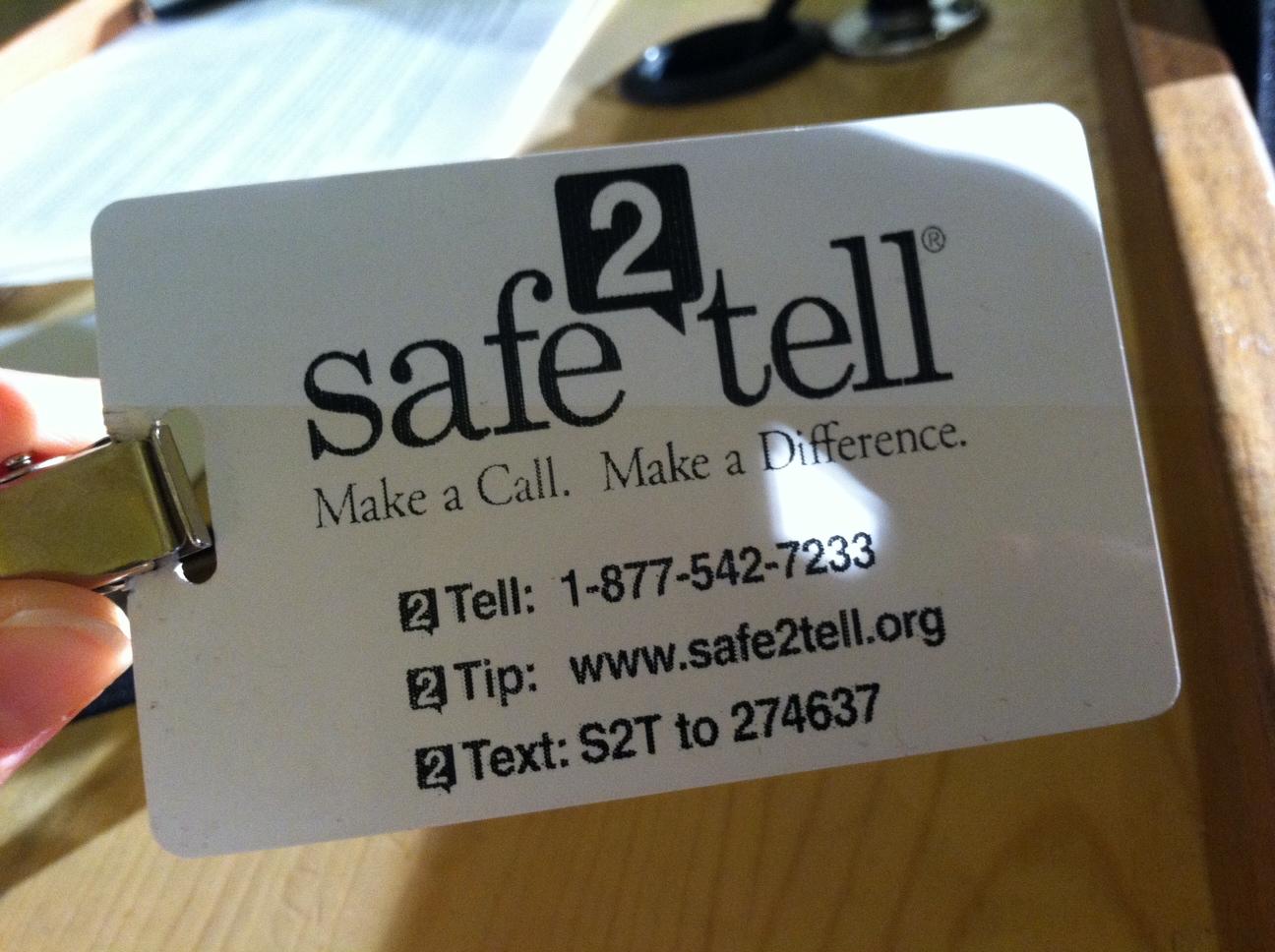
Colorado students reported a record-breaking number of concerns about suicide, bullying, and issues with schools and home life last school year.
Safe2Tell saw 28,218 reports for the 2023-24 school year, the highest ever in the anonymous reporting system’s history. That is a 23 percent increase compared to the previous year.
“The rise in reports reflects both the increasing challenges young people are facing and the commitment of Safe2Tell’s trainers and ambassadors in building awareness across Colorado,” said Attorney General Phil Weiser. “Today’s students need support more than ever, and I am thankful Safe2Tell offers a trusted, accessible platform where they can voice their concerns and help make our schools safer for everyone.”
At the same time, the monthly report for October showed a 26 percent decrease in report volume compared to a record-breaking September.
Students and others can contact Safe2Tell to make anonymous reports to local law enforcement and school officials. It is not an emergency response unit nor a mental health counseling service provider, though officials can refer students and families to support services.
For the first time ever, the most reported category in Safe2Tell’s history last school year was school complaints. That was followed by suicide, bullying, drugs and school threats.
School complaints is a broad category that includes issues within a school, such as conflicts between students, staff, and the community, or school security. The report recommends replacing the broad school complaint category with three new categories – school staff-related complaints, building complaints and policy-related safety concerns
“These categories sharpen our focus on specific safety concerns, empowering school districts and law enforcement to better support children and communities across Colorado,” said Safe2Tell director Stacey Jenkins. “This approach ultimately creates safer schools, where students feel their concerns are understood and appropriately addressed.”
For people who self-reported, bullying was by far the top category.
False reports made up 3.7 percent of all reports submitted to the program this year. False reports are defined as those that contain untrue information and are submitted with the intent to harm, injure or bully another person. That number has gradually crept up over the years.
Sample stories
The report highlights a number of examples of how the system has helped students. In September last year, a person reported a student expressed they were struggling with their mental health and wanted to be hospitalized. Local teams conducted a welfare check and spoke with the student’s parent. The hospital admitted the student, and local teams conducted a suicide assessment. As a result, the student is now on a safety plan.
In January, a person reported a student flashing a knife to other students. Local teams investigated and the school resource officer found a weapon on the student. School disciplinary action was taken.
In April, a person reported a student was blackmailing a classmate and sending inappropriate photos of that classmate to their peers. School teams investigated spoke with the student and their parent, took disciplinary action, facilitated a restorative conversation with the student, and arranged counseling for them.
The report offers a number of recommendations to improve the system such as increasing the number of teacher training sessions offered, including an asynchronous course developed for educators, and beginning routine auditing of the data starting next school year.









